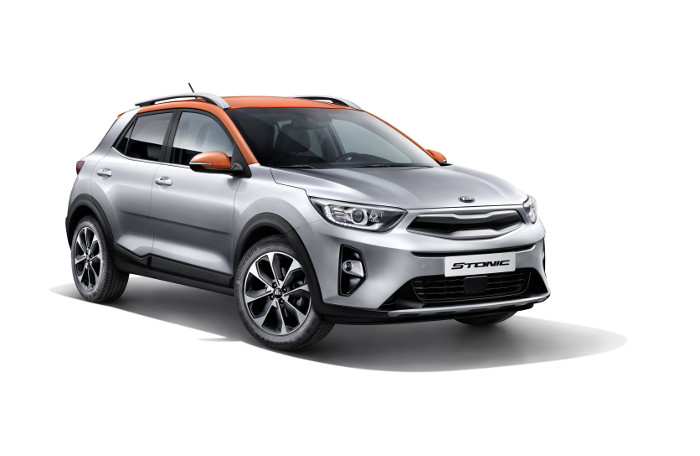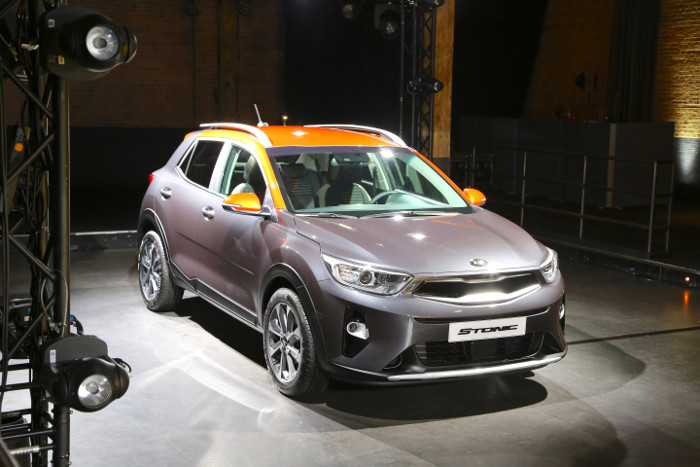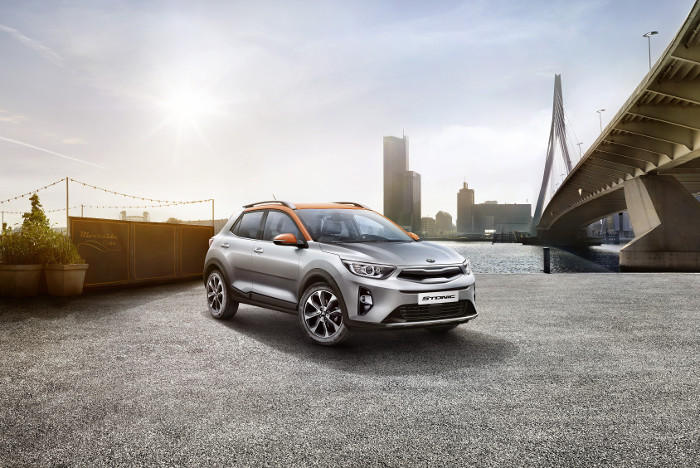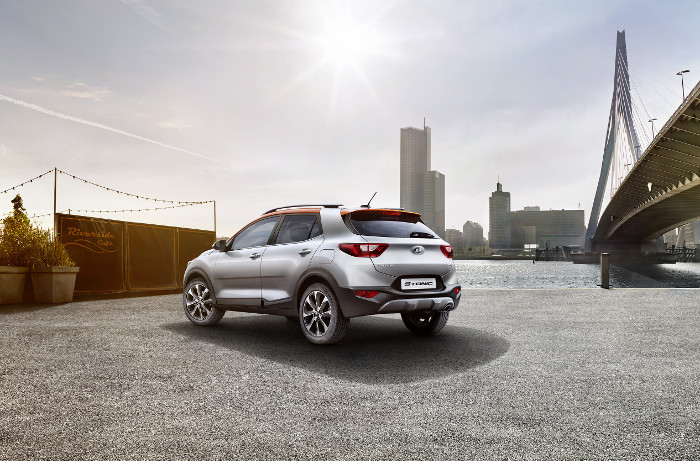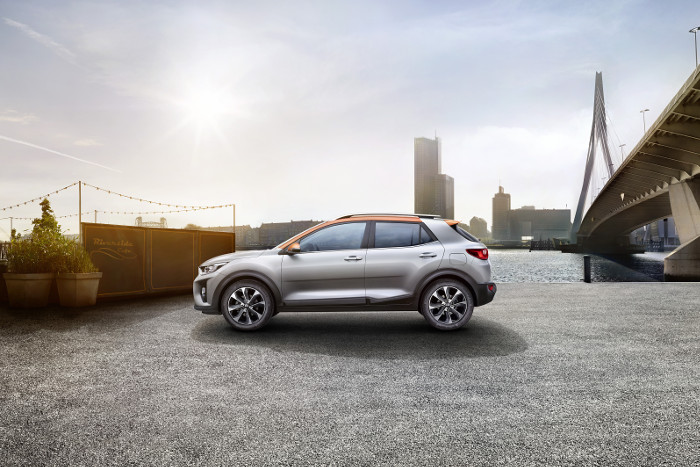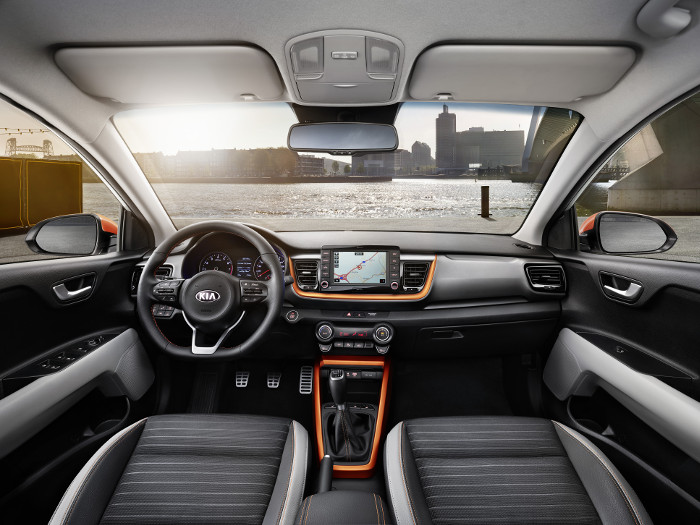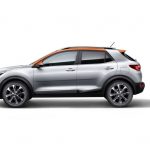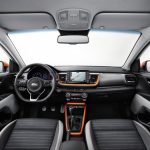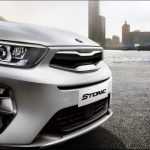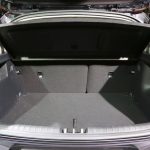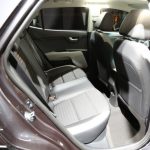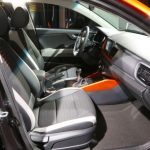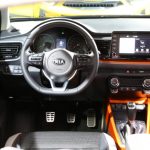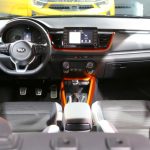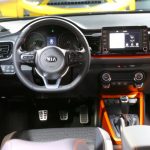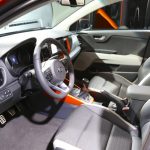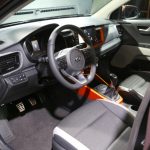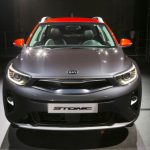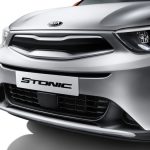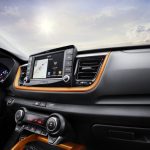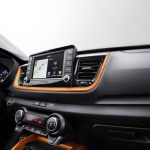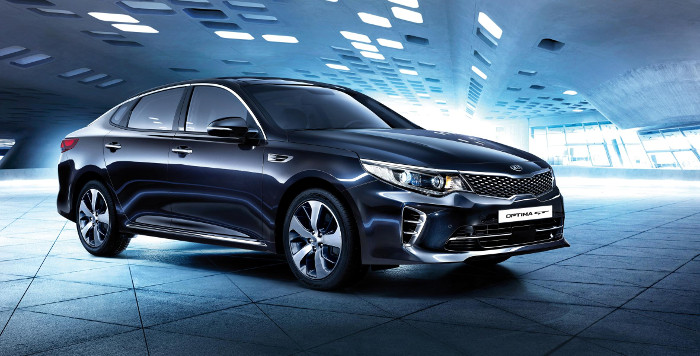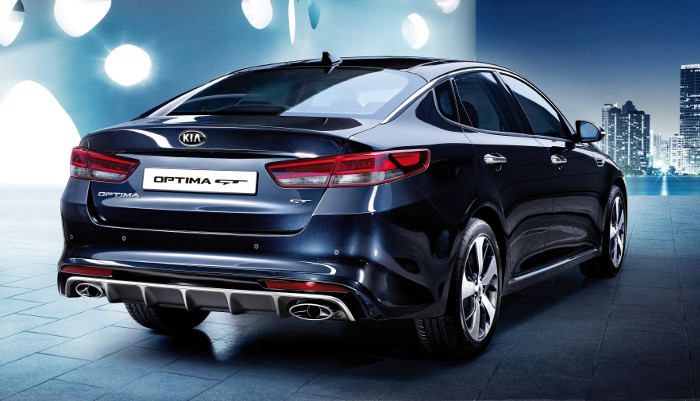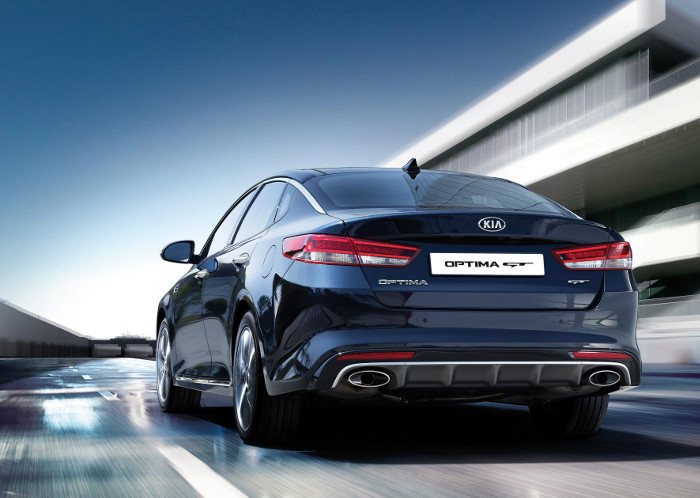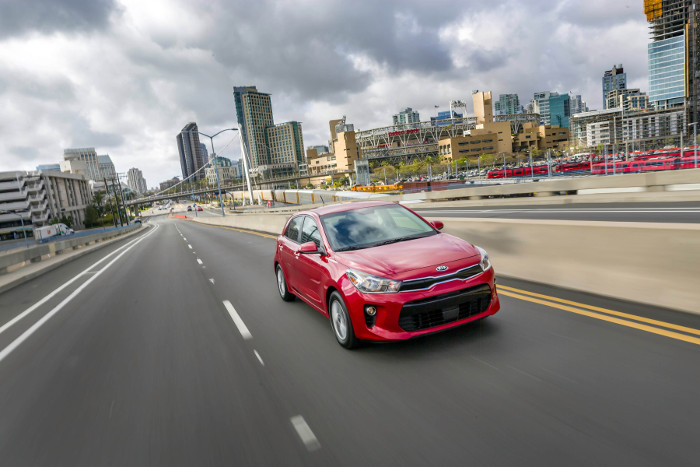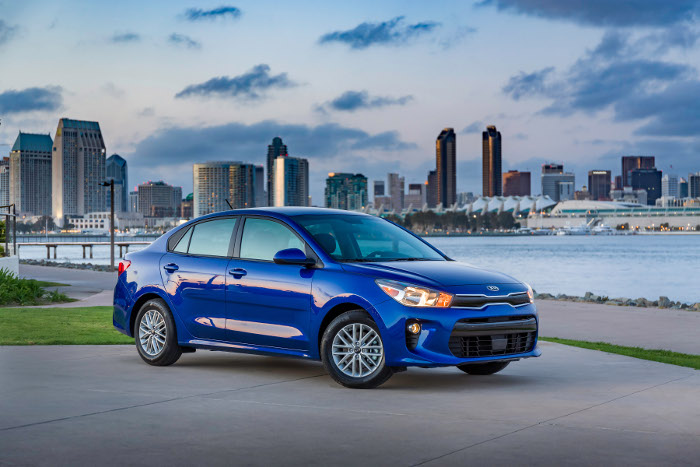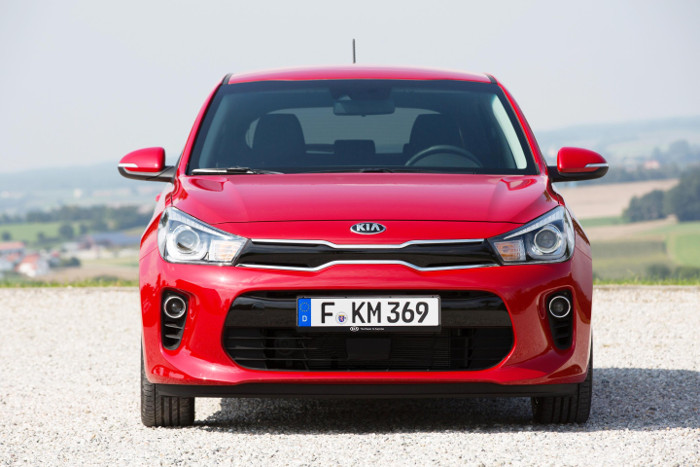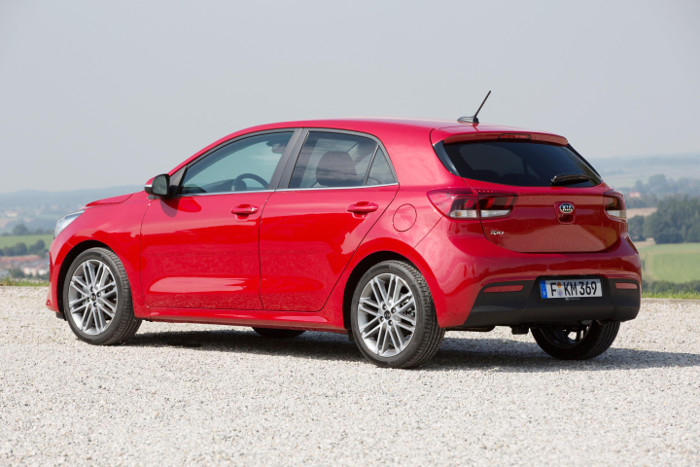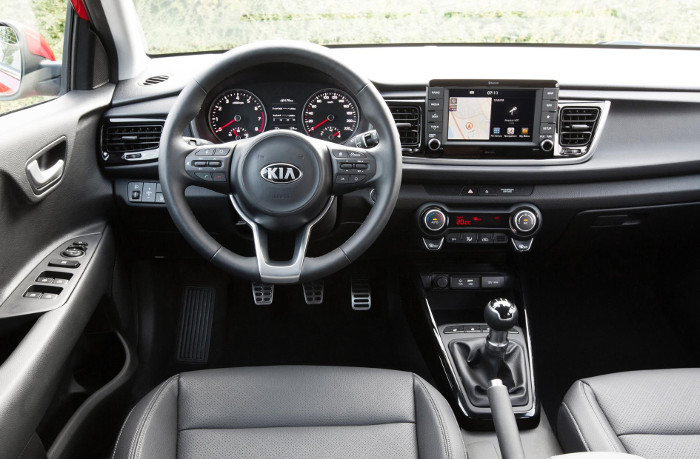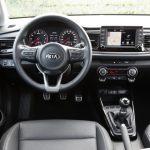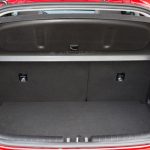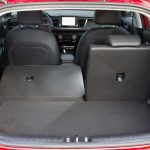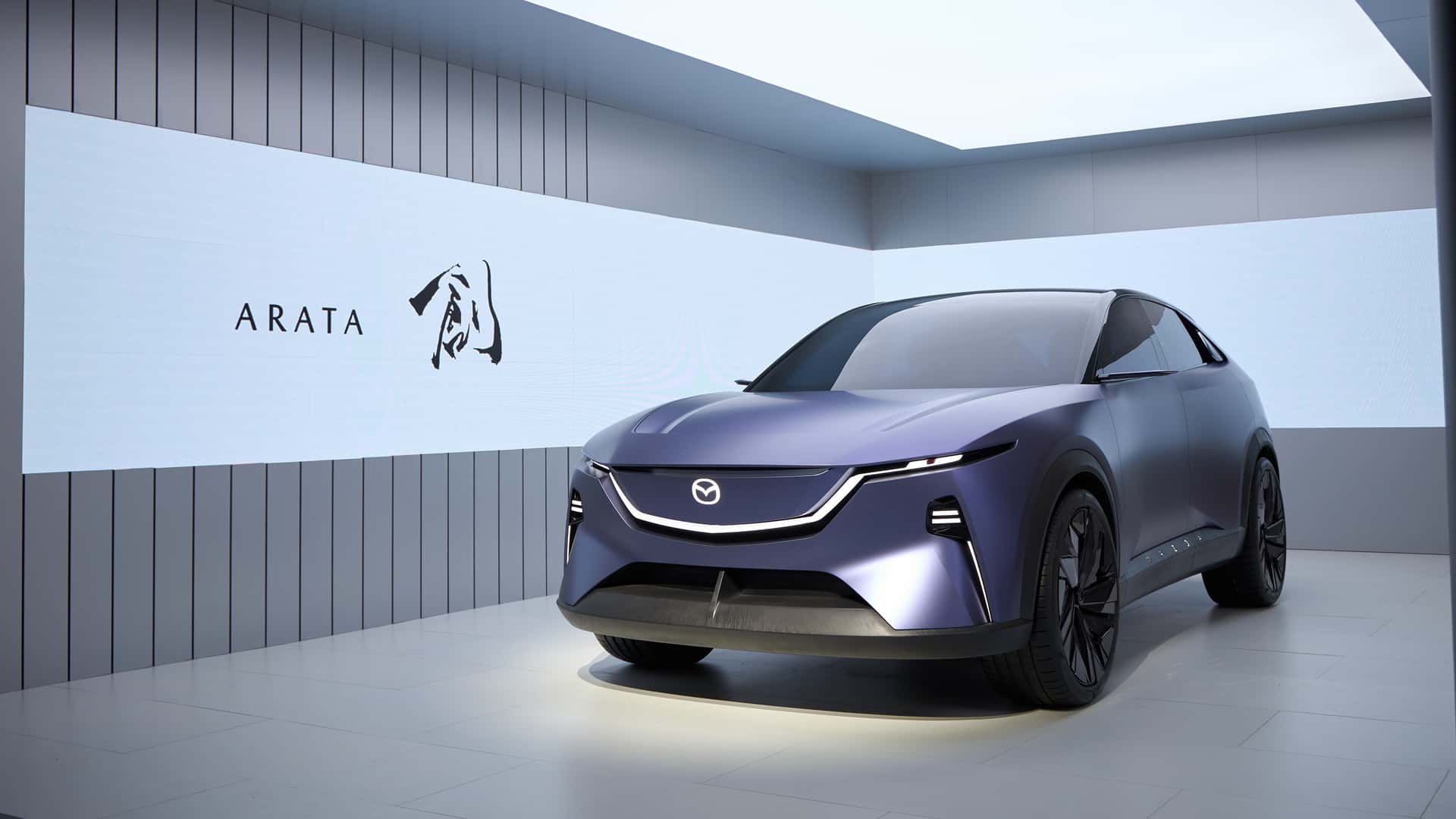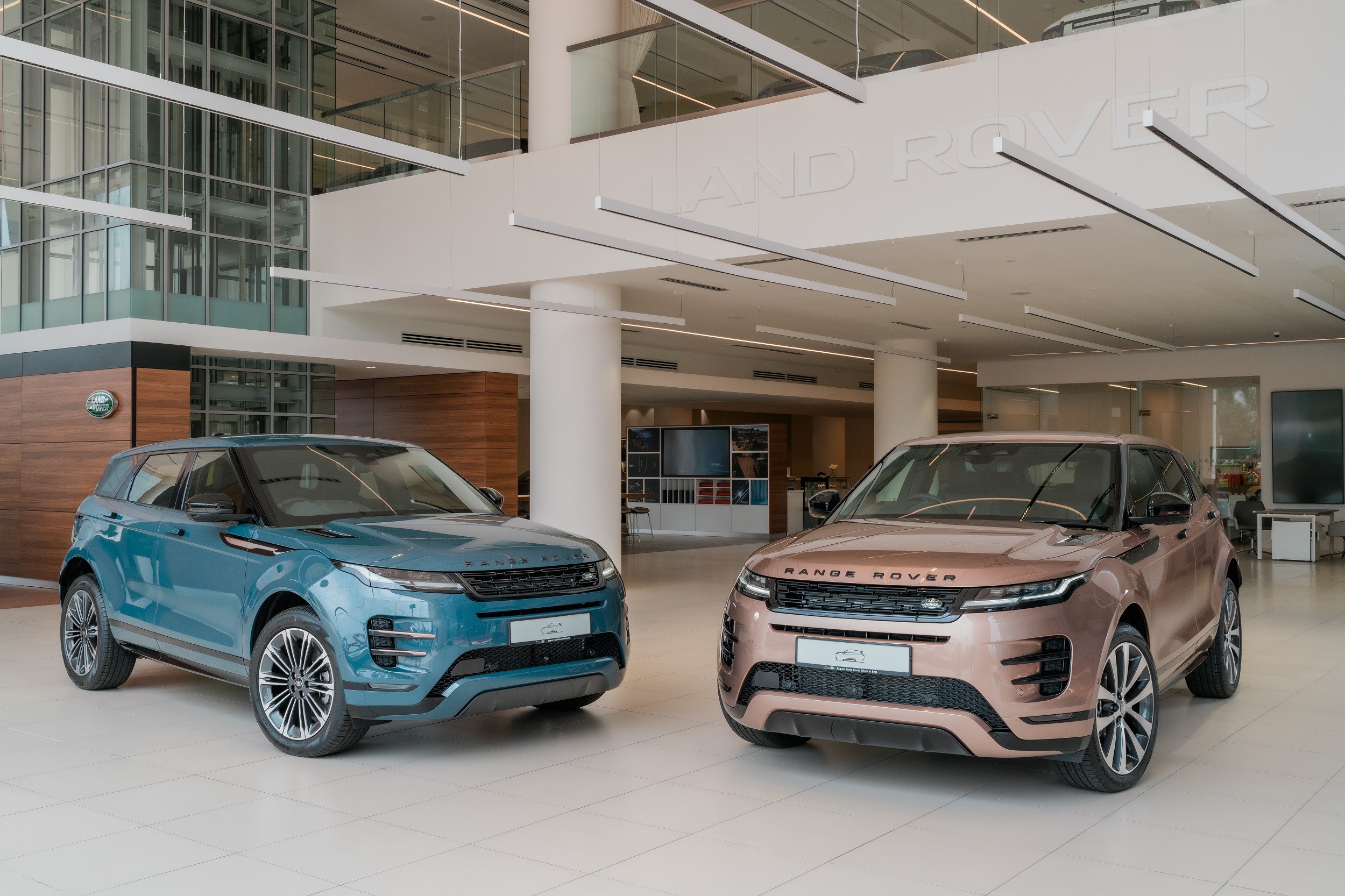Kia’s answer to the compact crossover segment leaders, is the Stonic, which is said to be an important model for the Korean manufacturer in Europe. That’s because this particular crossover segment accounts for 1.1 million vehicle sales in Europe alone, each year and that figure is predicted to balloon to more than double that by 2020.
The Stonic features relatively sharp styling and contours that are aesthetically pleasing to the eye. The signature Tiger nose grille is present but less prominent than those found on other model and features a minimalist look that adds detail to the entire assembly. The long swept LED headlights are a decent addition and lend a touch of class to the entire look of the front end.
The side profile blends the width of an SUV with the compact lines of a modern day hatchback, giving the Stonic a sleek sporty look that’s almost car-like. At the rear, it features a design reminiscent of the Hyundai i30. The curvature of the tail lamps and tailgate provide the vehicle with a broad and masculine look.
The Stonic’s design is a collaborative effort between Kia’s design houses in Europe and Korea, which the company says, allowed the body to incorporate sharp horizontal feature lines with softer sculpted surfaces. Built on a strong and lightweight platform, the Stonic is made from advanced high strength steel, which accounts for 51 percent of the body’s total material.
Speaking of the latest addition to the family, Michael Cole, Chief Operating Officer of Kia Motors Europe, said, “The Kia Stonic will be one of the most compelling new cars in this rapidly-expanding class, backed by Kia’s unique warranty, and the brand’s reputation for reliability, quality and contemporary design. As the segment expands, the Stonic looks set to become one of our best-selling cars.”
Typical of a modern day Kia, the interior is well laid out and features an infotainment system that is said to be user-friendly and convenient to operate on top of being compatible with Apple CarPlay and Android Auto.
Powering the new crossover will be a range of lightweight, turbocharged petrol and diesel engines that will be paired to a manual transmission. The lack of an automatic option is rather surprising but Kia believes this combination will offer maximum driver engagement and efficiency. The engine options are a turbocharged 1.0-litre T-GDI, 1.25-litre and 1.4-litre naturally aspirated MPI petrol engines as well as a 1.6-litre diesel one to complete the range.
Kia has tuned the steering and suspension setup to match the taste of European buyers and comes with a slew of safety tech, which include Electronic Stability Control (ESC) and Vehicle Stability Management (VSM). Specific functions of VSM include Torque Vectoring by Braking, Straight Line Stability, and Cornering Brake Control.
Buyers can choose from a selection of Kia’s DRiVE WISE Advanced Driver Assistance Systems (ADAS), which are Autonomous Emergency Braking with pedestrian recognition and Forward Collision Alert, Blind Spot Detection with Rear Cross Traffic Alert and Lane Departure Warning System. Thanks to a new fusion camera system, Stonic also offers High Beam Assist and Driver Attention Warning.
Apart from that, the Stonic’s ‘Targa’-style roof and two tonne paint scheme will provide potential buyers with several different colour combinations to choose from, 20 to be exact with a choice of five distinctive colours for the roof. Buyers in Europe can expect it to go on sale sometime in the next few months with Kia’s unbelievable 161,000km warranty package.


